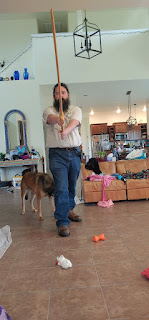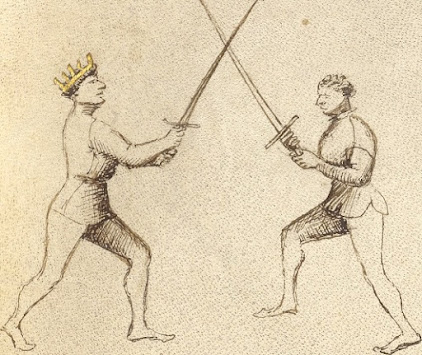Longsword - Fiore's Basic Rules

In the past few months of studying shinkage, and teaching Fiore, I've come across two basic theories of teaching swordsmanship. One is to teach the movements - say, the individual plays of Fiore, or the basic movements of a form. The other is to teach the underlying principles of the form, the movements, et cetera. Neither of these is inherently better than the other. Knowing the principles is useless if the basics aren't solid; knowing the basics alone isn't enough to make a competent swordsman - or for that matter any other trade or craft, from astrophysics to zither playing. For a craft like swordsmanship where words generally aren't enough in the first place, principles should be few in number, easy to remember, and subject to infinite variation in the details. This is one area where Fiore succeeds and Thibaut, for instance, utterly fails. Thibaut's Destreza manual gets into obsessive detail about small matters; Fiore's tries to illustrate general...

